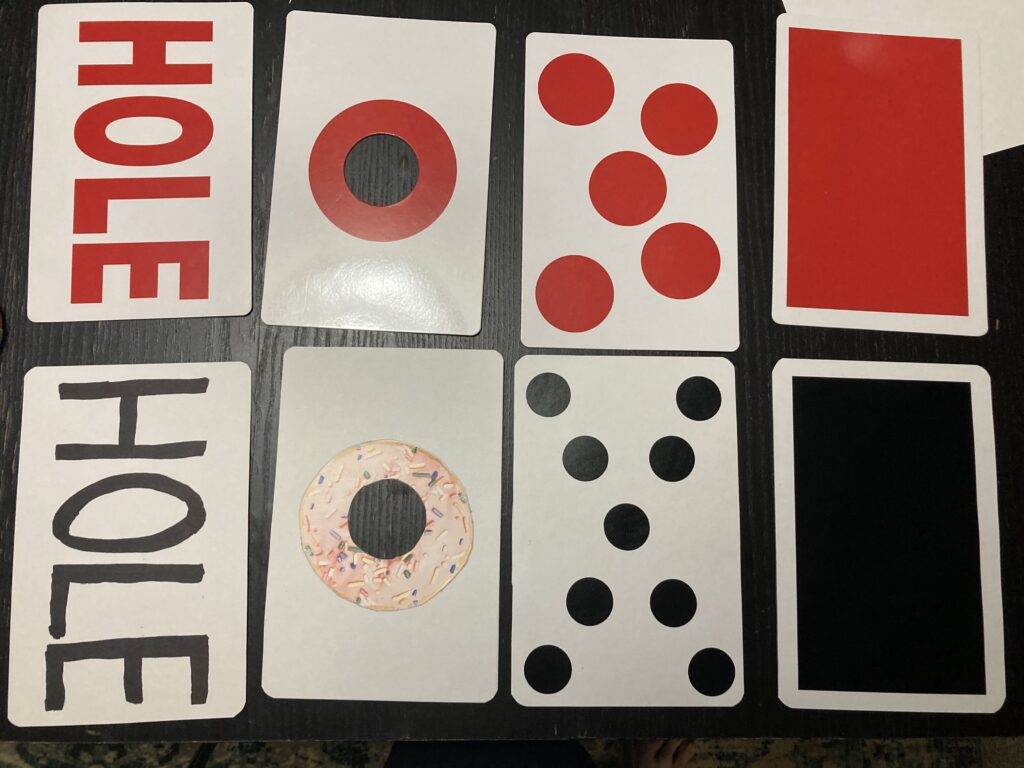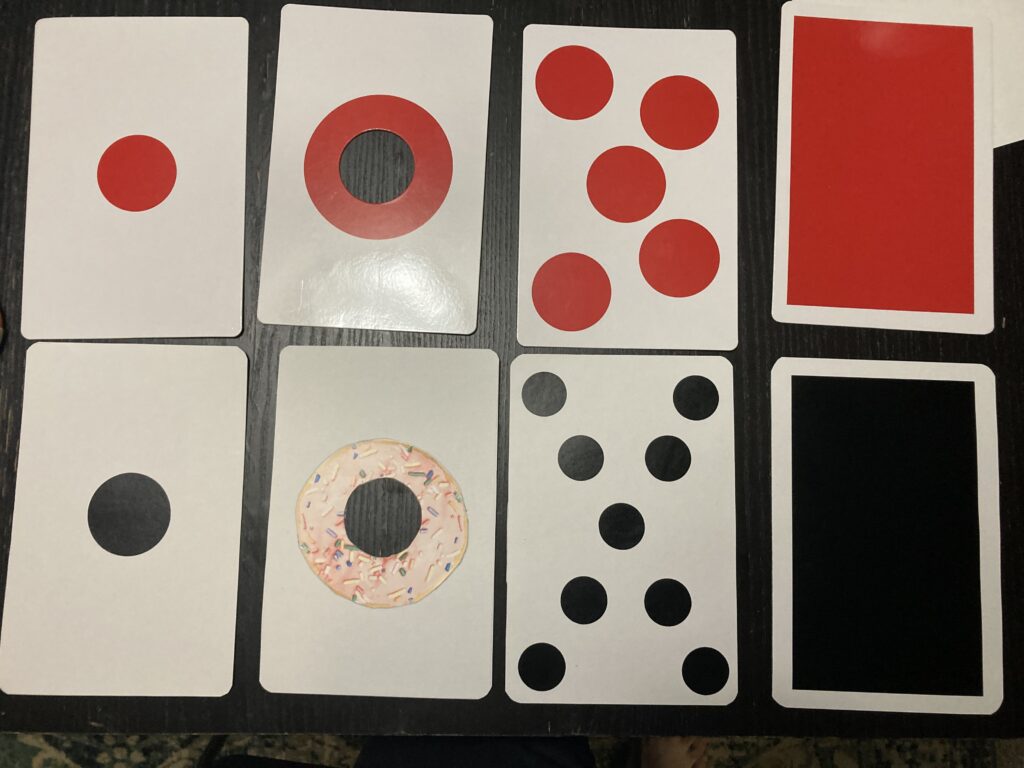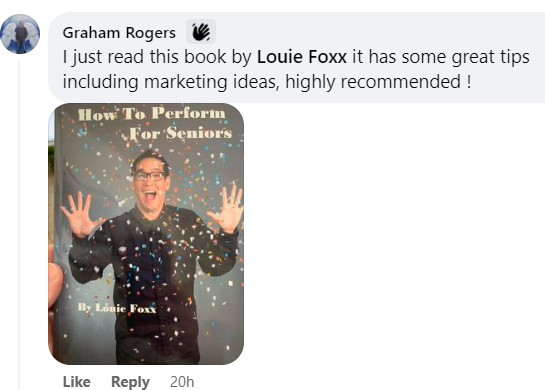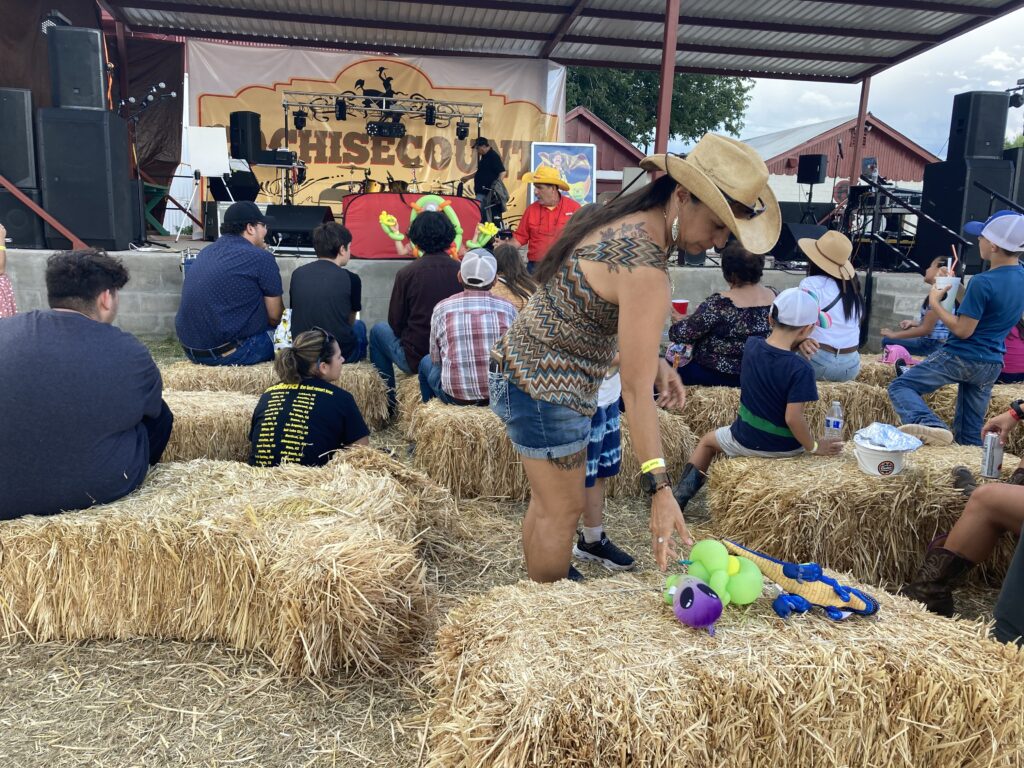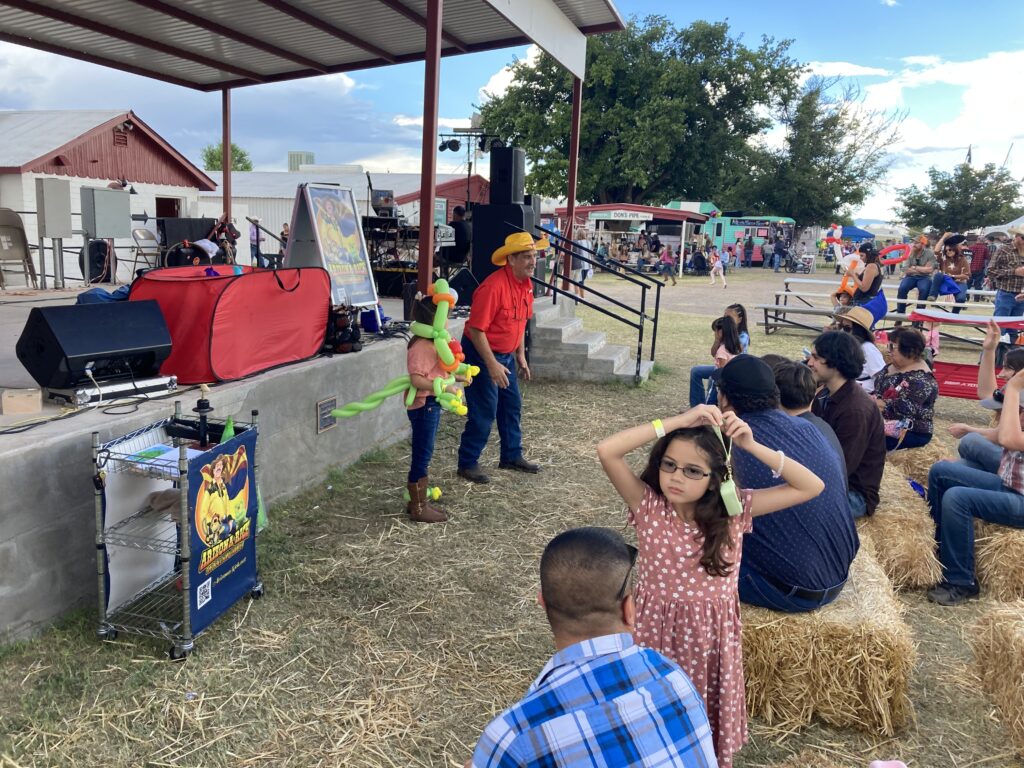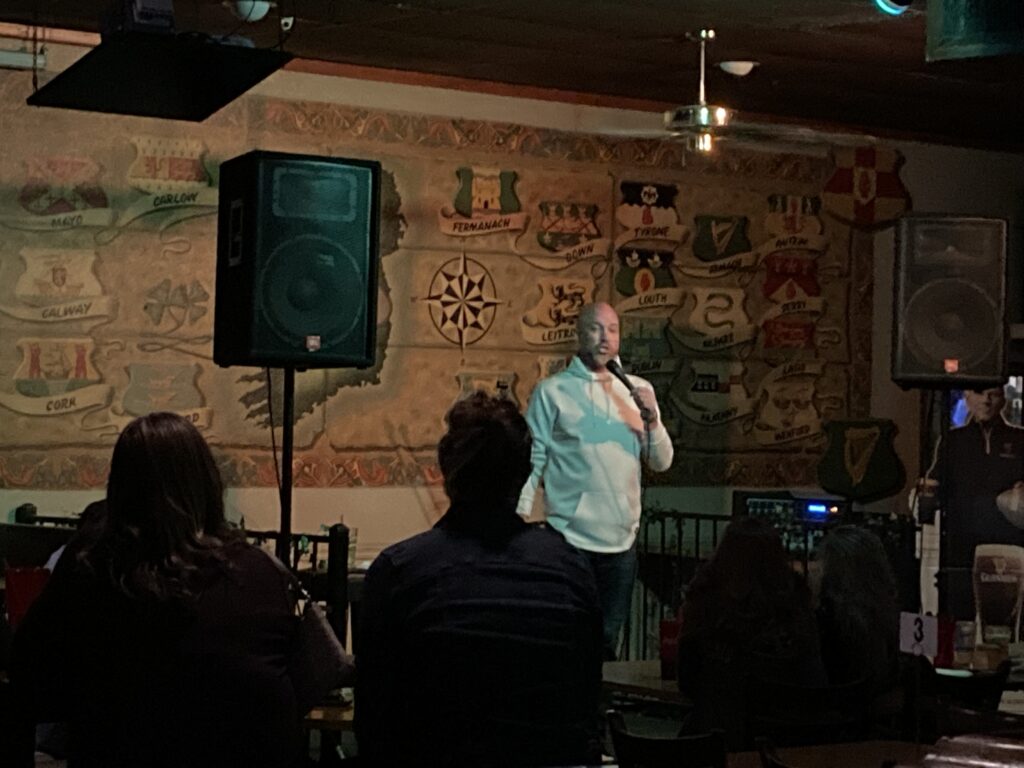For years I’ve had an idea of doing a chop cup style routine that doesn’t use a table. The big drawback of a chop cup onstage is the table, it cuts blocks the view of anyone who is sitting below the table top.
Probably 20 years ago I saw Charlie Chaplin’s daughter’s husband do the chop cup in their theater show. I saw it twice, once from the balcony and it was great, and the second time from the floor and couldn’t see much.
Seeing that show really changed how I perform, I don’t have any action that happens on the table top in my parlor or stage shows. If they can’t see it, they can’t enjoy it.
Now, back to the chop cup, I’ve always said creating with rule makes creating much easier. Here are the main conditions:
1: Plays big enough for parlor/stage no table
2: No one from the audience onstage IF their only purpose is to use their hands as a table/surface
3: Quick set up, ideally just grab the cup and go
–I think this is the condition I may have to bend on as when there’s a final load, it’s usually not self contained.
The idea is that this will be something that could be used as an MC spot or a solo piece in a bigger show to break up things where you use people from the audience.
Here’s what I’ve come up with so far:
Here’s what I don’t like about what I have:
1: The steal of the second ball from the sleeve.
-I need to make a ball dropper/hold and steal it from the edge of my coat
2: Don’t like that my hand goes to the pocket.
-It makes the final load production more impossible if you never put your hand in your pocket.
3: It really needs a second kicker after the pool ball appears.
-Not sure how to make this happen…if you have any ideas let me know!
This is definitely something that I’m going to keep working on, I really like the idea. I don’t know if it’ll ever meet all of my conditions and desires for it, but you never know until you try!
-Louie
